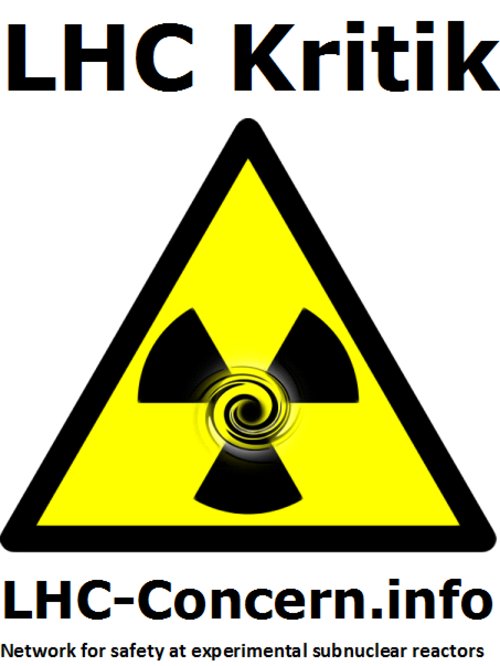Dec 31, 2012
13: The Year of The Comet
Posted by Gary Michael Church in categories: asteroid/comet impacts, counterterrorism, defense, economics, ethics, events, existential risks, futurism, geopolitics, habitats, human trajectories, lifeboat, military, philosophy, policy, space, sustainability, transparency
A happy new year to the human race from it’s most important member; me. Since self-worship seems to be the theme of the new American ideal I had better get right with me.
With my government going over the fiscal cliff it would appear that the damned soul of Ayn Rand is exerting demonic influence on the political system through worship of the individual. The tea party has the Republicans terrified of losing their jobs. Being just like me, those individuals consider themselves the most important person on the planet- so I cannot fault them.
As Ayn Rand believed, “I will not die, it’s the world that will end”, so who cares about the collective future of the human race? Towards the end of 2013 the heavens may remind us the universe does not really care about creatures who believe themselves all important. The choice may soon be seen clearly in the light of the comet’s tail; the glorification of the individual and the certain extinction of our race, or the acceptance of a collective goal and our continued existence.
Ayn Rand made her choice but most of us have time to choose more wisely. I pray for billions, tens and hundreds of billions of dollars- for a Moonbase.
 See
See 







